Pink Pampas Grass : Growing and Caring for This Stunning Ornamental
Learn how to grow and care for pink pampas grass, a stunning ornamental plant. Discover planting tips, maintenance advice and ways to enhance your garden with its elegant plumes.
Pink pampas grass, scientifically known as Cortaderia selloana ‘Rosea’, is a striking ornamental grass that adds drama and elegance to any landscape. Known for its tall, feathery plumes that range from pale pink to mauve, this variety of pampas grass can be a showstopping addition to your garden.
Here is a chart with detailed information on Pink Pampas Grass:
| Category | Information |
|---|---|
| Botanical Name | Cortaderia selloana ‘Rosea’ |
| Common Name | Pink Pampas Grass |
| Plant Type | Perennial Ornamental Grass |
| Hardiness Zone | 7-11 |
| Sun Exposure | Full Sun |
| Soil Type | Well-drained, Sandy or Loamy Soil |
| Watering | Moderate, Drought Tolerant Once Established |
| Growth Habit | Clumping, Upright |
| Height/Spread | 8-10 feet tall / 4-6 feet wide |
| Special Features | Large, Feathery Pink Plumes, Drought Tolerant, Low Maintenance, Showy Foliage, Attracts Birds for Nesting Material |
Characteristics of Pink Pampas Grass
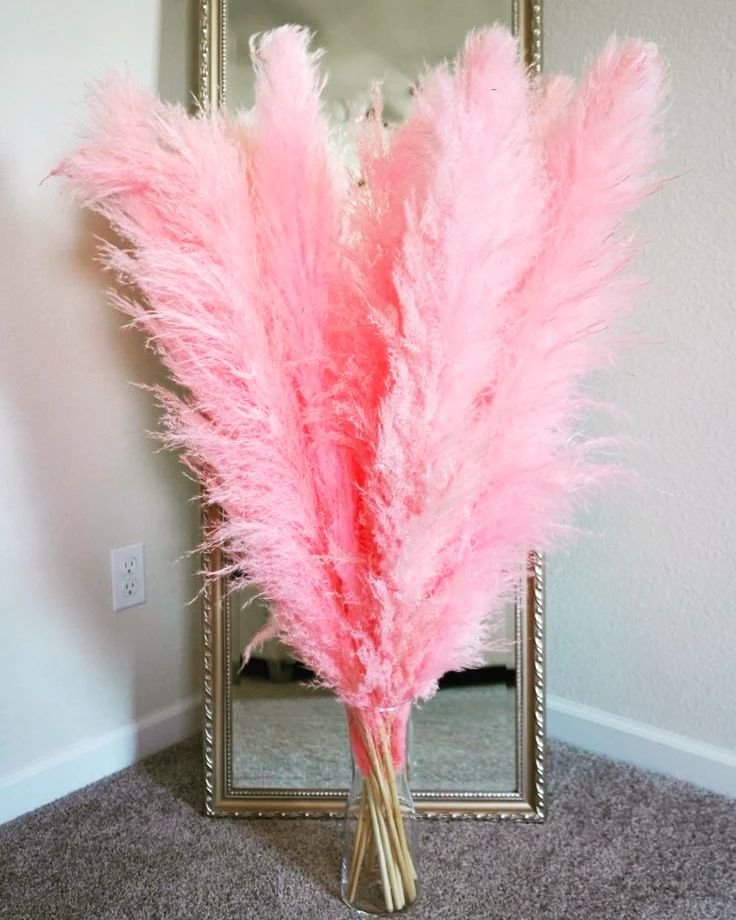
Appearance
- Tall, arching green foliage
- Large, fluffy pink plumes
- Can grow up to 8-12 feet tall and 4-6 feet wide
- Plumes can reach up to 3 feet long
Blooming Period
Pink pampas grass typically blooms in late summer to early fall, with plumes lasting well into winter.
Growing Pink Pampas Grass
Ideal Growing Conditions
Sunlight
Pink pampas grass thrives in full sun, requiring at least 6 hours of direct sunlight daily for optimal growth and plume production.
Soil
- Prefers well-draining soil
- Tolerates a wide range of soil types
- Ideal pH range: 6.0 to 7.5
Hardiness
Hardy in USDA zones 7-11, but can be grown as an annual in colder climates.
Planting Pink Pampas Grass
When to Plant
Spring or early fall are the best times to plant pink pampas grass.
How to Plant
- Choose a sunny location with well-draining soil.
- Dig a hole twice the width of the root ball and just as deep.
- Place the plant in the hole, ensuring the top of the root ball is level with the soil surface.
- Backfill with soil and water thoroughly.
- Space plants 6-8 feet apart to allow for their mature size.
Caring for Pink Pampas Grass
Watering
- Water regularly during the first growing season to establish a deep root system.
- Once established, pink pampas grass is drought-tolerant and requires minimal watering.
Fertilizing
- Apply a balanced, slow-release fertilizer in early spring.
- Avoid over-fertilizing, as this can lead to excessive growth and weaker stems.
Pruning and Maintenance
- Cut back the entire plant to about 1-2 feet above the ground in late winter or early spring before new growth begins.
- Wear gloves and protective clothing when pruning, as the leaves can be sharp.
- Remove dead or yellowing foliage throughout the growing season.
Winter Care
In colder regions:
- Tie the foliage together in late fall to protect the crown.
- Apply a layer of mulch around the base for extra insulation.
- In zones 6 and below, consider growing in containers and moving to a protected area for winter.
Common Pests and Diseases
Pink pampas grass is generally resistant to pests and diseases, but watch out for:
- Spider mites (especially in dry conditions)
- Rust (in humid environments)
- Scale insects
If you notice any issues, treat promptly with appropriate organic or chemical controls.
Using Pink Pampas Grass in Your Garden
Landscape Applications
- Focal point in garden beds
- Privacy screen or natural fence
- Erosion control on slopes
- Dried arrangements for indoor decor
- Background plant for smaller perennials and shrubs
Companion Plants
Pink pampas grass pairs well with:
- Russian Sage (Perovskia atriplicifolia)
- Purple Coneflower (Echinacea purpurea)
- Ornamental grasses like Blue Fescue (Festuca glauca)
- Sedum ‘Autumn Joy’
Propagating Pink Pampas Grass
You can propagate pink pampas grass through:
- Division: Every 3-4 years in spring
- Seed: Collect seeds in fall and sow in spring (note that seedlings may not retain the pink color of the parent plant)
Benefits and Cautions of Pink Pampas Grass
Benefits
- Drought-tolerant once established
- Low-maintenance
- Provides winter interest
- Attracts birds (who use the plumes for nesting material)
Cautions
- Can be invasive in some regions (check local regulations before planting)
- Sharp leaves can cause cuts
- Highly flammable – keep away from structures in fire-prone areas
- May trigger allergies in some people
Pink pampas grass is a stunning ornamental that can add height, texture, and a soft touch of color to your garden. Its elegant pink plumes and low-maintenance nature make it a favorite among gardeners looking for a dramatic landscape element.
While it requires some careful consideration due to its size and potential for spreading, when planted in the right location, pink pampas grass can be a beautiful and rewarding addition to your garden. With proper care and maintenance, you’ll enjoy its graceful presence and eye-catching plumes for many years to come.
Remember to always check local regulations regarding pampas grass, as it’s considered invasive in some areas. With responsible planting and care, you can enjoy the beauty of pink pampas grass while being a good steward of your local ecosystem.

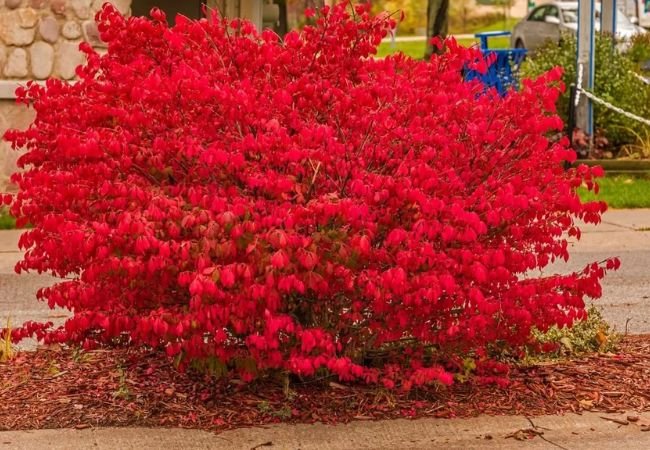

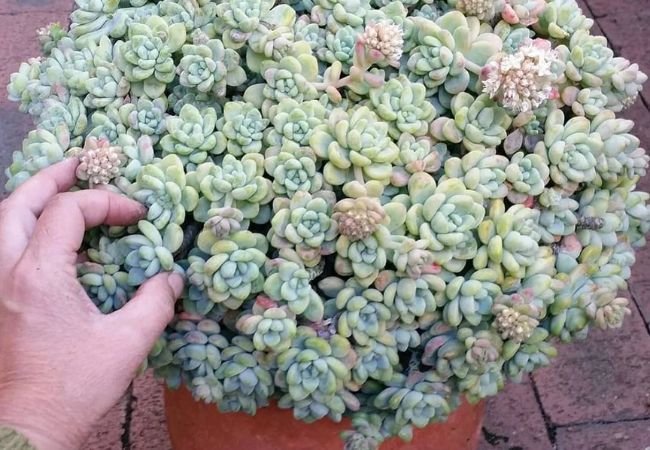
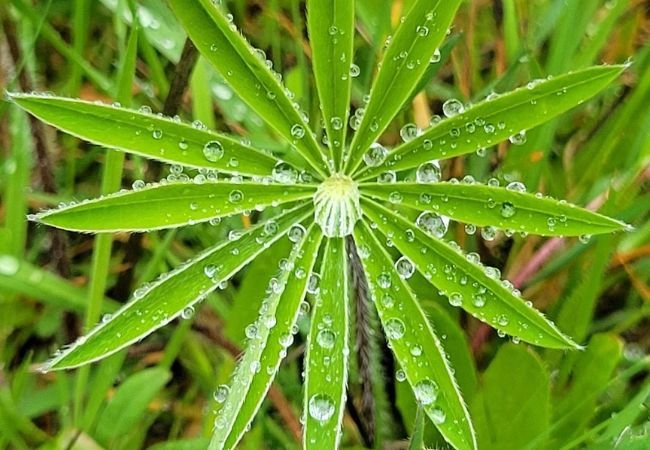
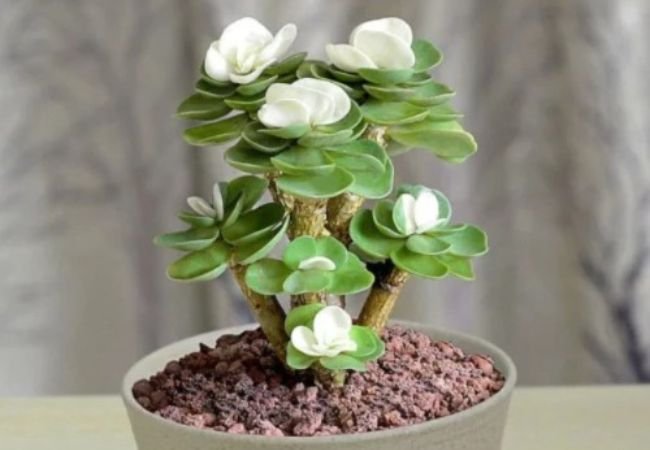
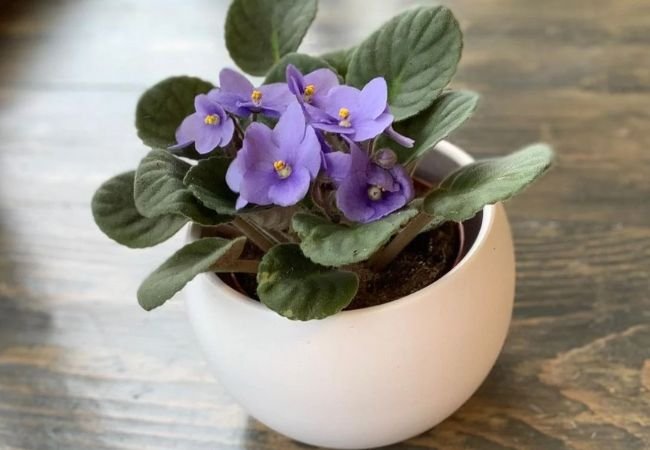
One Comment